Every year a huge number of Indian travellers flock to the adventure capital of the world, New Zealand. While a five percent of them are very well informed about what to do and what not in the country, the remaining ninety-five percent of them don’t have clue about New Zealand. Do you belong to the latter? Then, here are the top 10 things you should know about New Zealand before going on a trip.
Already know New Zealand like the back of your hand? Send us a postcard and let us plan your trip.
1. What is the best time to go to New Zealand?
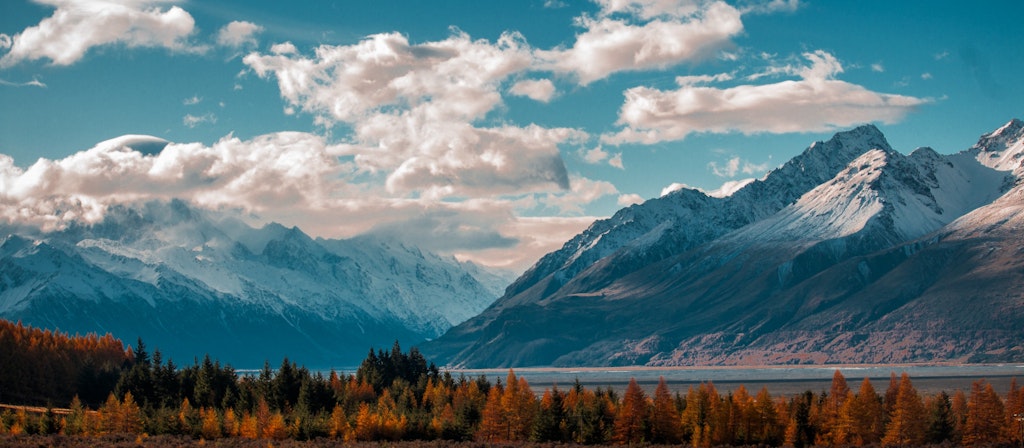
The country of New Zealand has a temperate climate with a significant amount of rainfall and long hours of sunshine. The climate in the country is hugely influenced by the mountains and the sea. As a result, the south island is naturally cooler than the north island and there are times when some places in the south island experience all the four seasons, in a single day. That is how drastically the weather changes in New Zealand, especially in the south island.
Interesting read: Everything you need to know about exploring New Zealand on road
The general pattern of the seasons in New Zealand is this – Summer (December – February), Autumn (March – April), Winter (May – August), and Spring (September – November).
And the best time to visit New Zealand is during the summer when all the attractions are open. But, remember summer is also the peak time when tourists from all the countries flock to New Zealand. So summers in New Zealand are always crowded and you might have to book very well in advance. Not to forget the peak prices.
On the other hand, if you want to get the best of New Zealand but don’t want to be in the midst of the crowd then try visiting it during Autumn. The weather during Autumn is ideal and the fall colours are just lovely. Plus, the prices are not that high either and the attractions are still open.
Not worried about the tourist spots being closed, all you want to do is ski? Then, take a trip to New Zealand during the winter.
Book your trip to the magical land of the Maoris, New Zealand
2. What is cheapest time of year to fly to New Zealand?
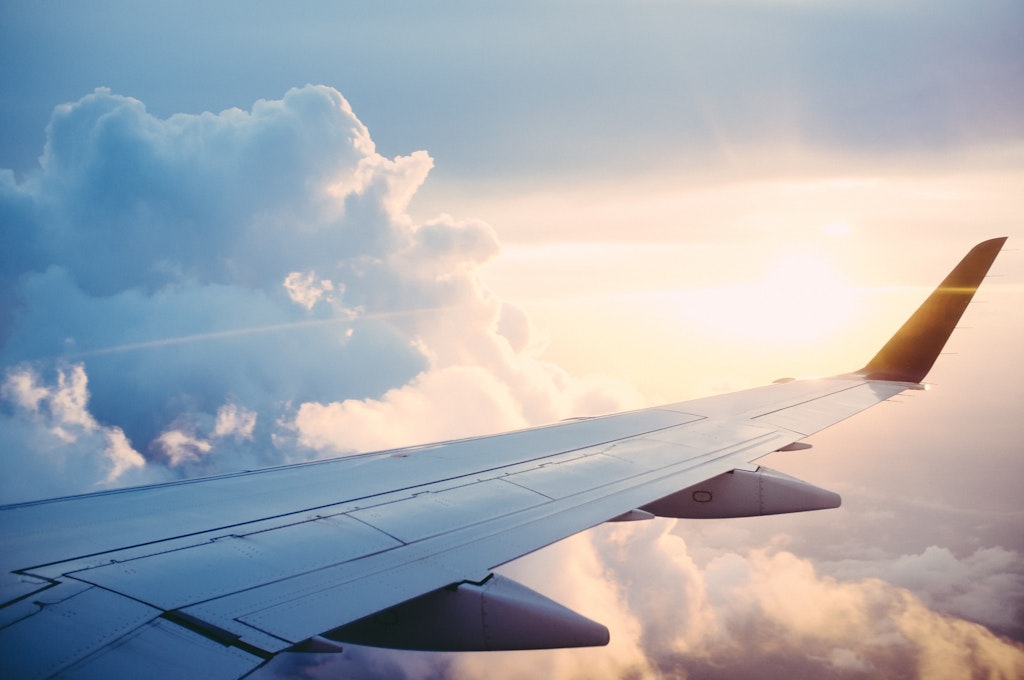
Seasons & prices are so closely bound together that a change in one also impacts the other. Airfare to New Zealand is highest during the peak season, which is summer. The prices drop during the shoulder season (autumn & spring). And you can get the cheapest fare during the offseason, which is winter.
Further, book your flights 6 weeks before. Do it on a Tuesday because the prices normally go up from Wednesdays. Also, make sure your flying day is also a Tuesday or a Wednesday and not during the weekends. For the best deals, book directly with the flight and keep checking for the price in a private window.
Interesting read: Ultimate New Zealand road trip itinerary: Tips and How to Plan
3. What can you bring into New Zealand?

You can bring in clothes, cameras, binoculars, toiletries, music players, personal jewellery, laptops, accessories, mobile, strollers, wheelchairs, and sporting equipment, as long as they are for your personal usage. If the value of the goods that you are carrying exceeds $700, then you will be levied with GST. The same applies when you bring in commercial goods.
For personal use, passengers are also allowed to carry 50 grams of cigarette or tobacco-based products as long as they don’t cross 50 grams and 4.5 litres of wine/beer.
Medicines are allowed if you have a prescription or a letter from your doctor. Make sure to carry only 3 months’ supply of prescribed medicines and 1 months’ supply of controlled drugs.
4. What not to bring in New Zealand?
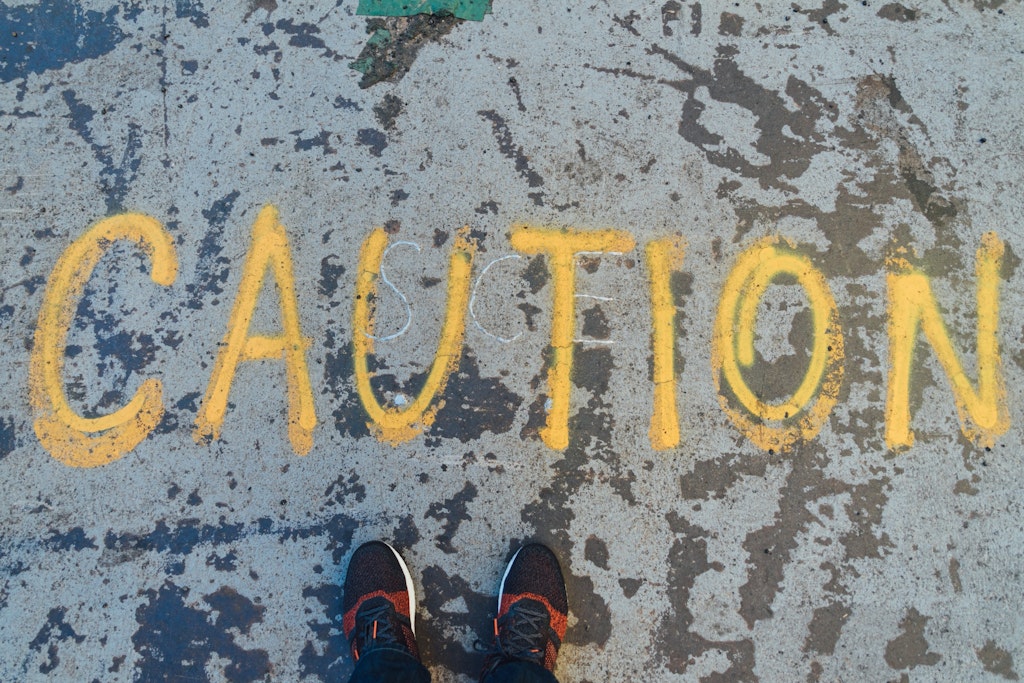
If you bring in any kind of risk items which includes food (cooked/uncooked), plant & plant-based products, animal & animal-based products, traditional or herbal medicines, and footwear, you have to declare it upon arrival.
Objectionable materials (CD’s, DVD’s, books, posters, music recordings, photographs), weapons & firearms, radio transmitters, television equipment, endangered species, smoking & drug utensil, wildlife antiquities, artwork, and greenstone are all prohibited.
In case you want to bring your pets to New Zealand, you have to contact the customs department to know about the documentation and the clearance process involved. On satisfying all the terms and the conditions, domestic animals will be offered a duty-free entry into the country.
Remember certain dog breeds are strictly prohibited from entering New Zealand.
5. How much money can you bring to New Zealand?

There is no limit to the amount of cash you can bring into New Zealand. But, if you bring in NZ $10,000 or more, then you have to complete a Border Cash Report. This is to ensure that you are not laundering money into the country. This is applicable to other foreign currency equivalents as well.
6. What is the cheapest place to live in New Zealand?
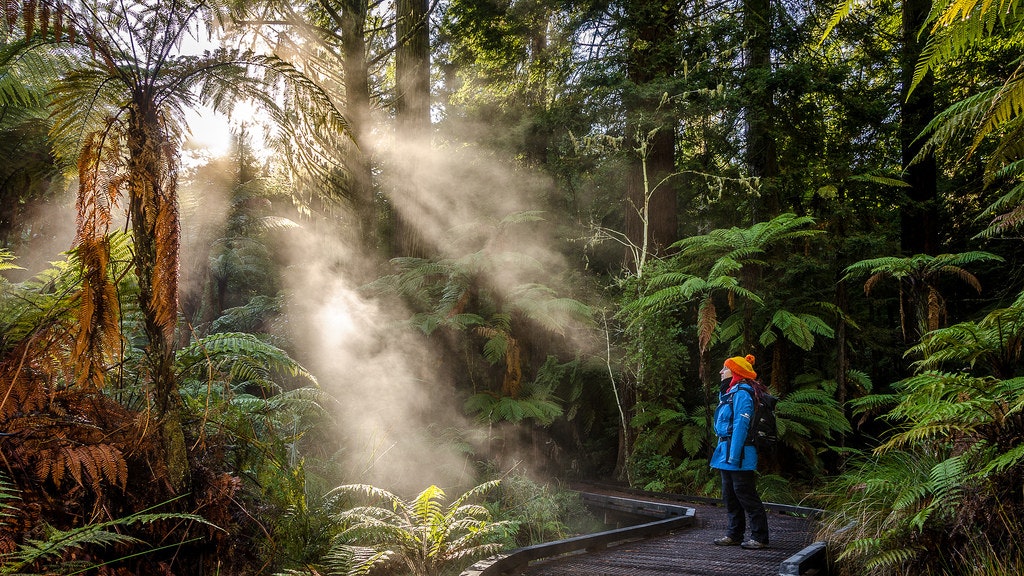
The cheapest place to live in New Zealand is Rotorua, closely followed by Napier and Whangarei. Here are the approximate prices of the basic essentials in Rotorua.
Rent for furnished 900 sqft accommodation – NZ $1,308
Utilities for 1 month – NZ $150
Internet for 1 month – NZ $63
1 litre of gas – NZ $1.79
Public transportation expenses for 1 month – NZ $24
Basic lunch – NZ $21
1 litre of whole fat milk – NZ $1.83
1 kg of potatoes – NZ $3.33
1 kg of tomatoes – NZ $3.50
Bread for two – NZ $1.19
A tube of toothpaste – NZ $3.00
Boasting of steaming geysers all around, the geothermal wonderland is a great place to live in and when you are there, be sure to embrace the Maori culture to the fullest.
To learn more about the country, you can always go through our complete New Zealand guide.
Interesting read: Top 10 offbeat things to do on a New Zealand vacation
7. What is New Zealand cuisine?
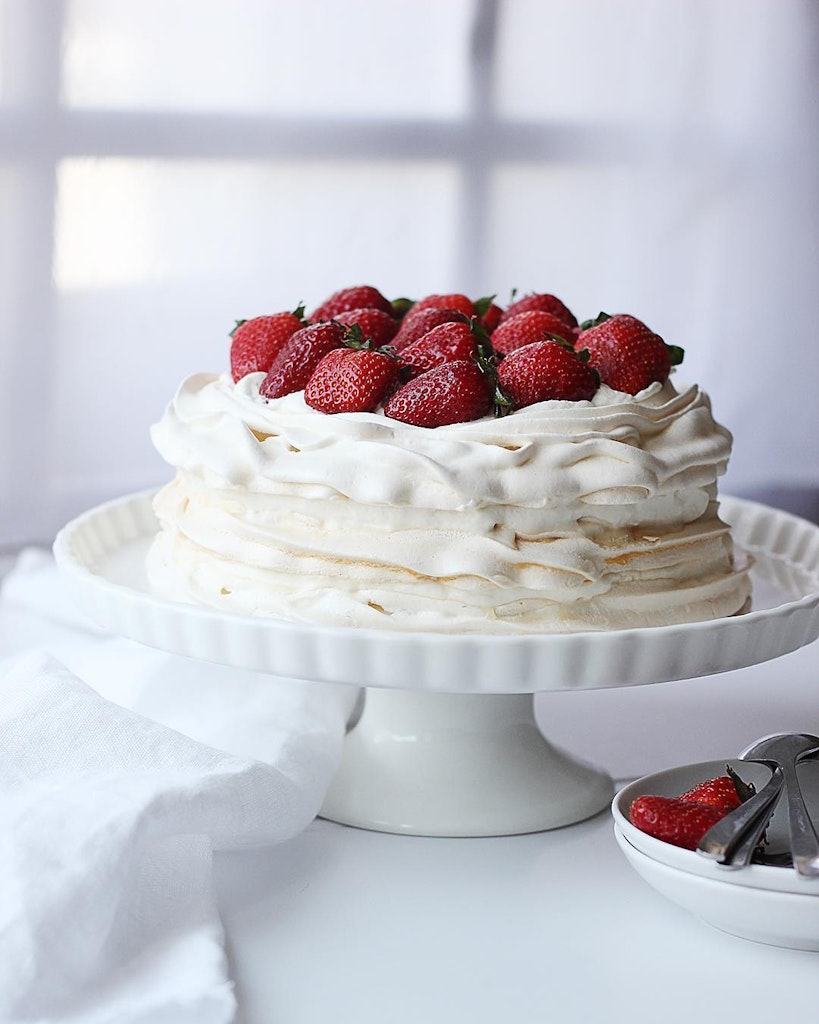
Being an agricultural nation, the cuisine in New Zealand is driven by fresh and local ingredients. In general, New Zealand has a British-style cuisine with Mediterranean & Pacific Rim influences.
Contrary to the west, the most important meal of the day for the New Zealanders is dinner. It is when the families come together.
Some of the must-tries when you are in New Zealand include hokey pokey ice cream, pavlova, roast kumara, fish & chips, Anzac biscuits, lolly cake, and marmite.
Interesting read: 7 New Zealand foods that scream ‘kiwi’
8. How much does it cost to eat in New Zealand?
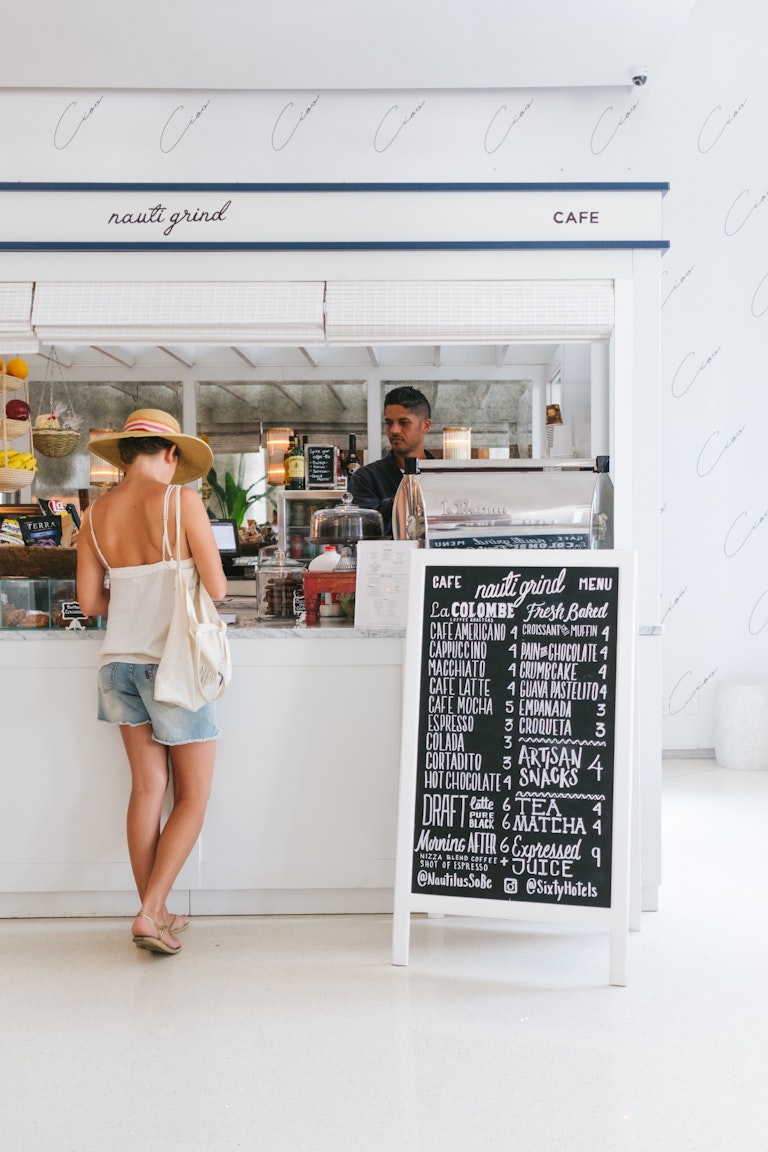
Eating out is generally expensive in New Zealand. And if you want to eat outside and still want to save money, fast food is the way to go. While the famous fast food chains of Subway, Dominos, KFC, McDonald’s, Wendys, and Burger King are not present in the small cities, you can find them in the major cities of Auckland, Wellington, Queenstown and Christchurch.
A McDonald meal can cost you between NZ $ 8 and NZ $ 15. Whereas, six pieces of chicken along with two sides come to around NZ $ 20. Not a big fan of fast food? Breakfast rates in normal restaurants range from NZ $ 8 to NZ $ 15. Dinner costs you between NZ $ 20 and NZ $ 40. Lunch in New Zealand is priced somewhere in between Breakfast and Dinner. During special days and public holidays, the cost of a meal is tremendously high.
Chinese, Korean, and Japanese food cost less. If you are planning to cook all by yourself, then be prepared to spend NZ $65 – NZ $80 on groceries for a week. Opting for a takeaway is less expensive as opposed to eating at the restaurant.
Interesting read: Top Indian restaurants in New Zealand
9. What is a hongi in New Zealand?
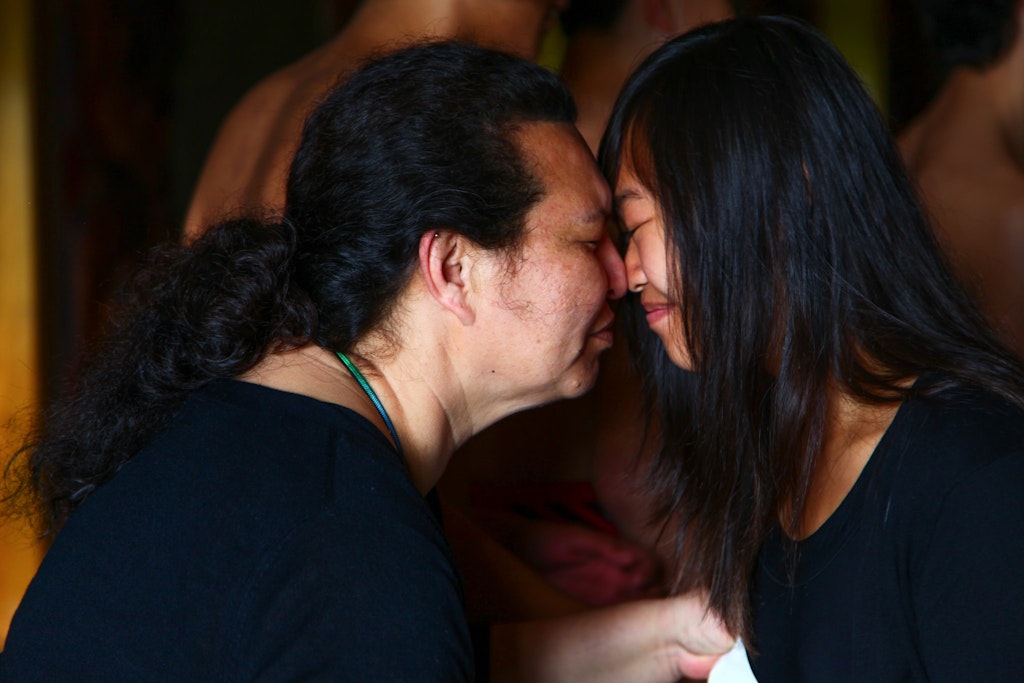
Hongi is the Maori way of greeting each other. It is done by pressing one’s nose and forehead together. Not only is it done during the special occasions but it is also an alternative to the formal handshake in the Maori culture.
During a hongi, ha (breath of life) is exchanged and it means the two people are connected at the soul level. You are no longer a visitor and are a part of the people of the land. During the remainder of the stay, you are obliged to share all the responsibilities and the duties of the home.
Hongi shouldn’t be confused with hangi, which is the traditional Maori way of cooking.
Interesting read: Legends from New Zealand
10. Is it safe in New Zealand?
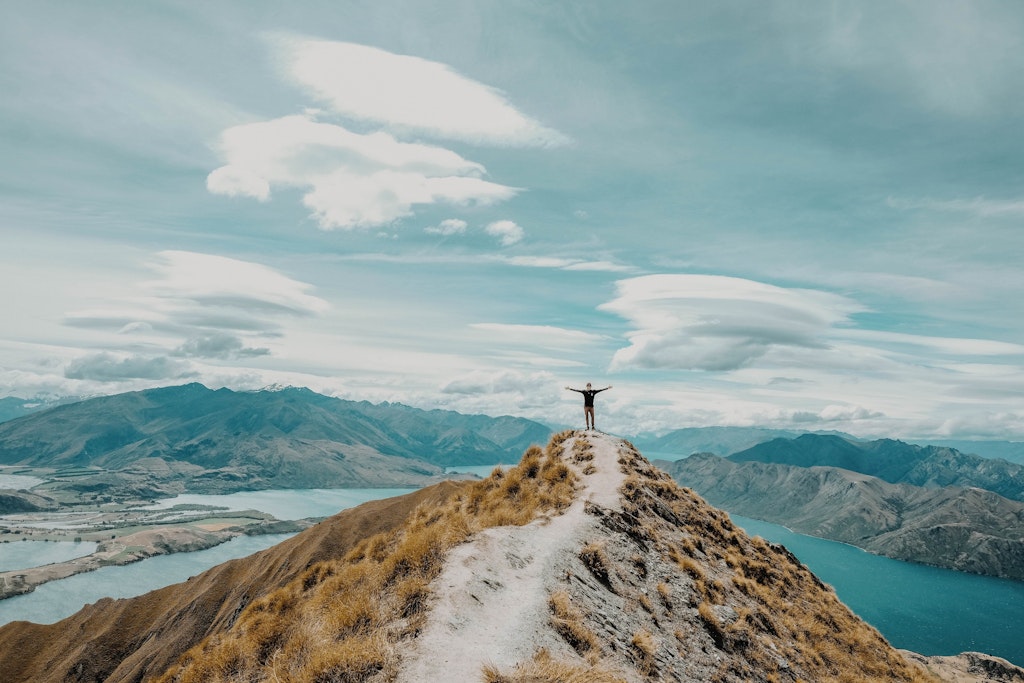
Absolutely. With low crime rates, fewer endemic diseases, and a solid healthcare system in place, New Zealand is one of the safest places to visit.
Just follow the basic safety precautionaries which include keeping your valuables safe, locking your vehicles, avoiding food from strangers, saying ‘no’ to hitchhiking unless you know the person, safeguarding your bag, and carrying only a limited amount of cash.
New Zealand is also rated as one of the most peaceful and least corrupted countries in the world.
Interesting read: Our epic New Zealand vacation
Mastered all the things you should know about New Zealand, plan the New Zealand trip right away! It doesn’t take more than 5 mins.
Related Itineraries
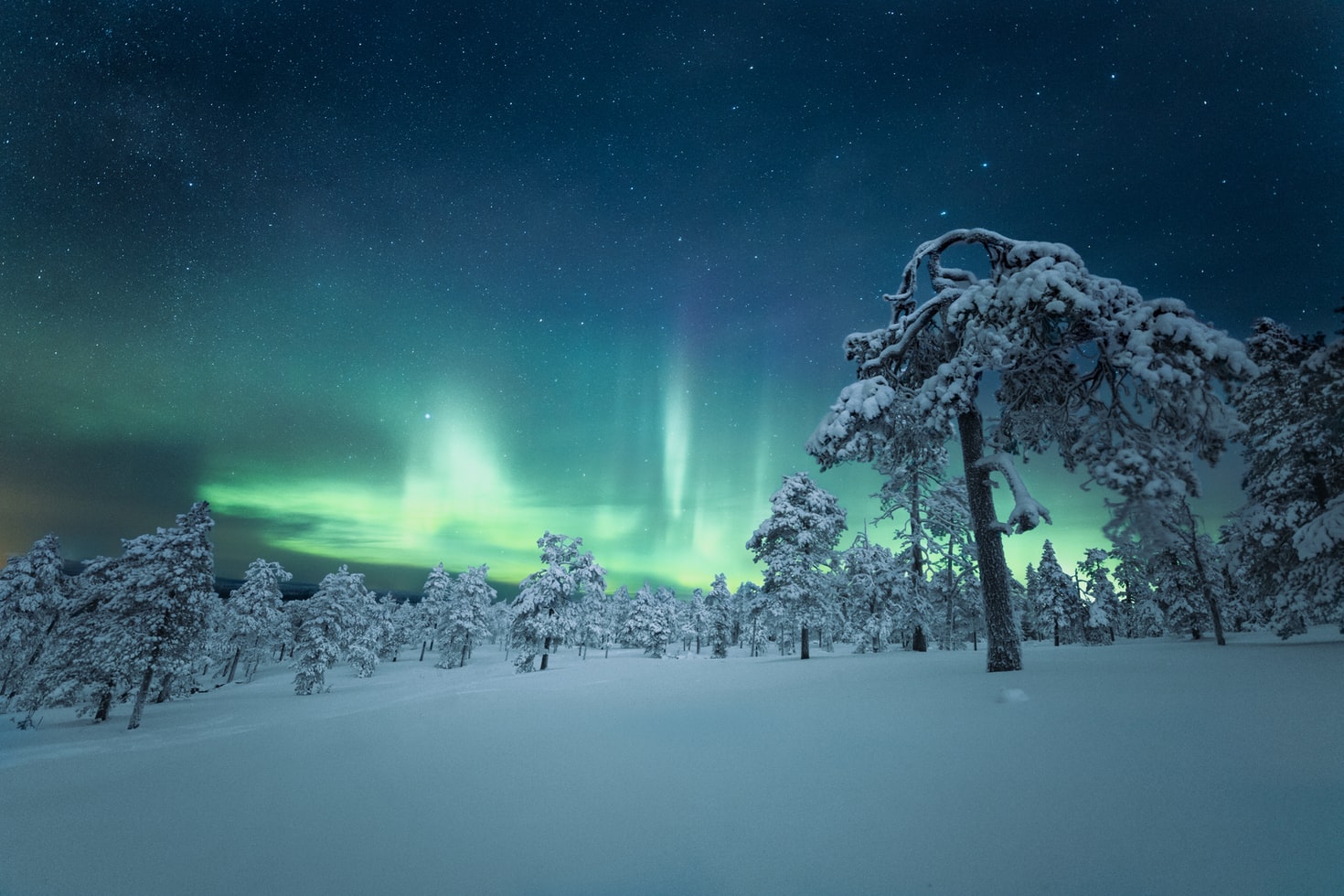
Stunning 6 Nights Northern Lights Packages
- Flights excluded
- 4 star accommodations
- 3 activities
- Transfers excluded
₹ 64,954
Starting price/person
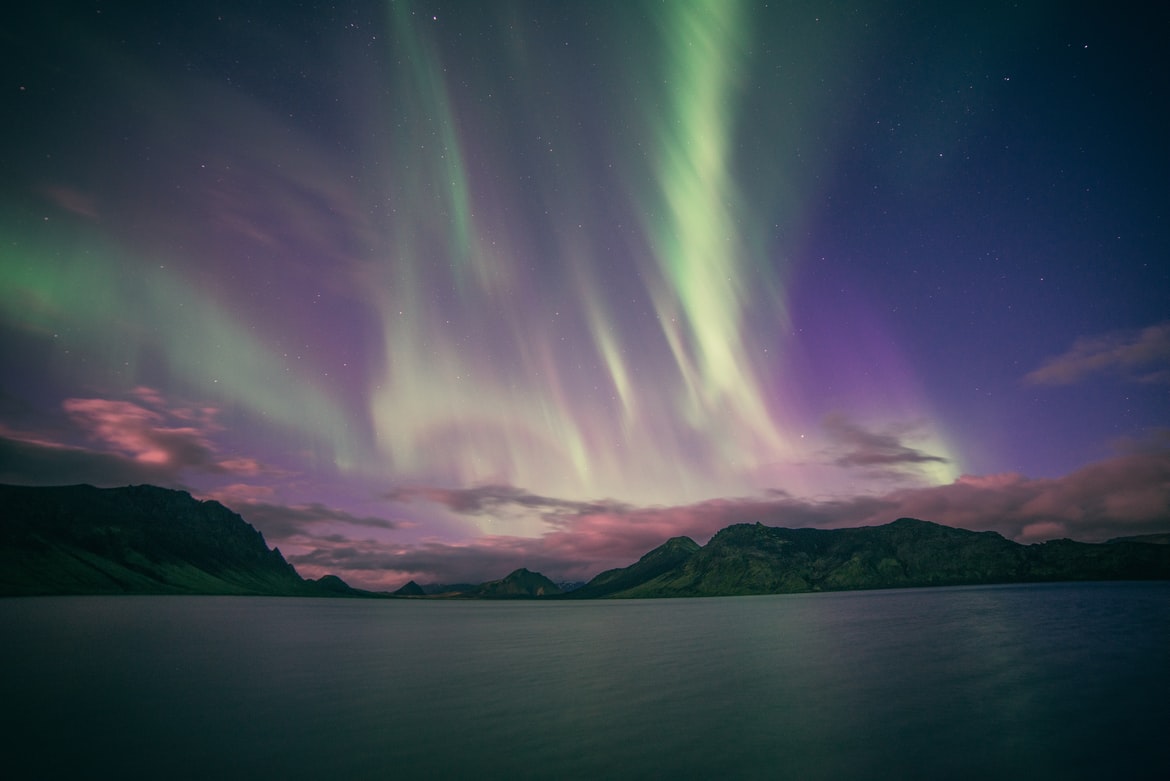
Fantastic 6 Nights Finland Northern Lights Tour Package
- Flights excluded
- 4 star accommodations
- 2 activities
- Shared transfer
₹ 69,369
Starting price/person
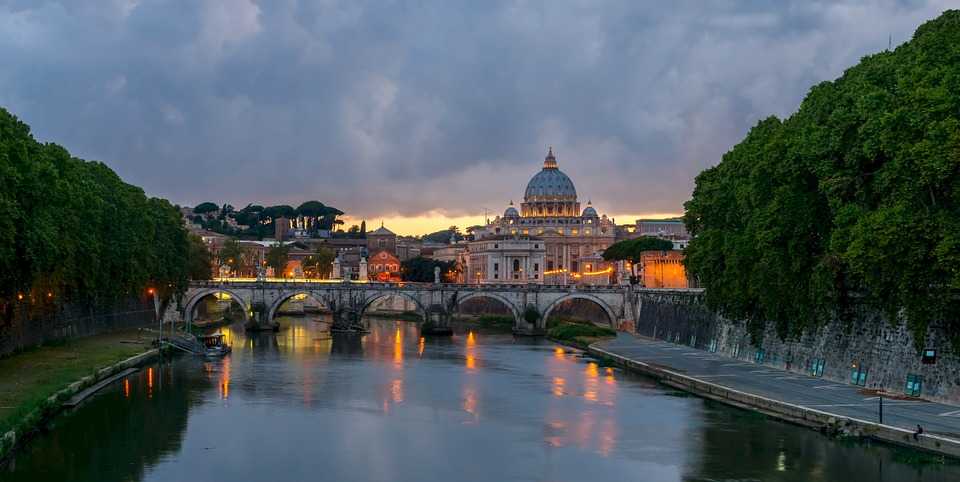
Beautiful 10 Nights Italy Honeymoon Package
- Flights included
- 4 star accommodations
- 9 activities
- Private transfer
₹ 1,32,869
Starting price/person

Ideal 6 day Switzerland Tour Packages for Family
- Flights included
- 3 star accommodations
- 3 activities
- Shared transfer
₹ 99,112
Starting price/person
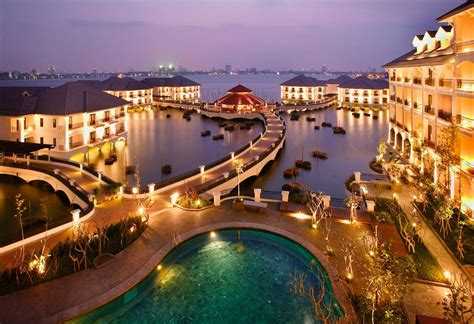
Romantic 8 Nights Bali and Vietnam Honeymoon Packages
- Flights included
- 4 star accommodations
- 6 activities
- Shared transfer
₹ 99,947
Starting price/person
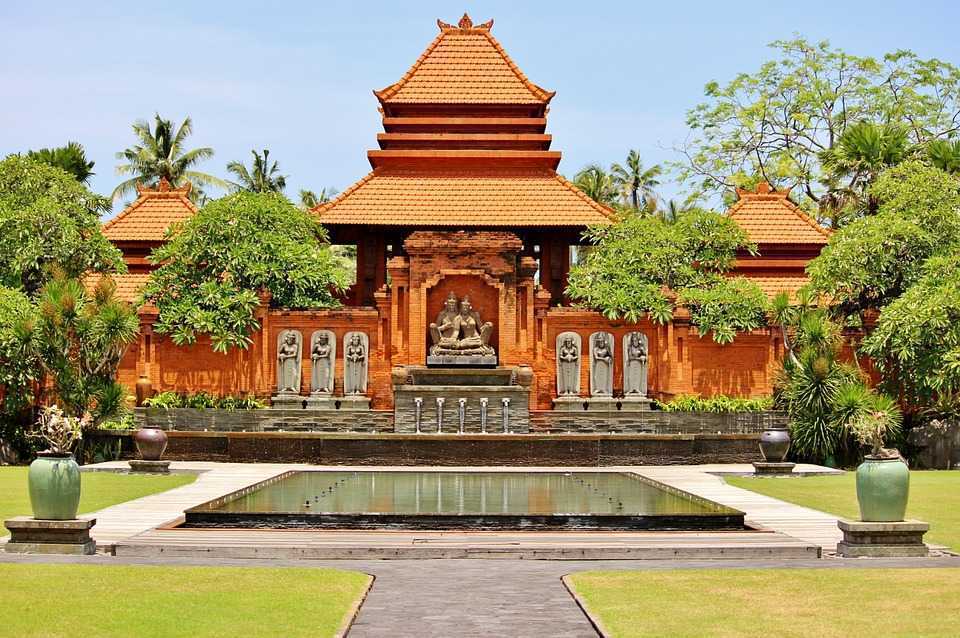
Gorgeous 9 Nights Singapore Bali Honeymoon Packages
- Flights excluded
- 4.5 star accommodations
- 6 activities
- Shared transfer
₹ 90,953
Starting price/person
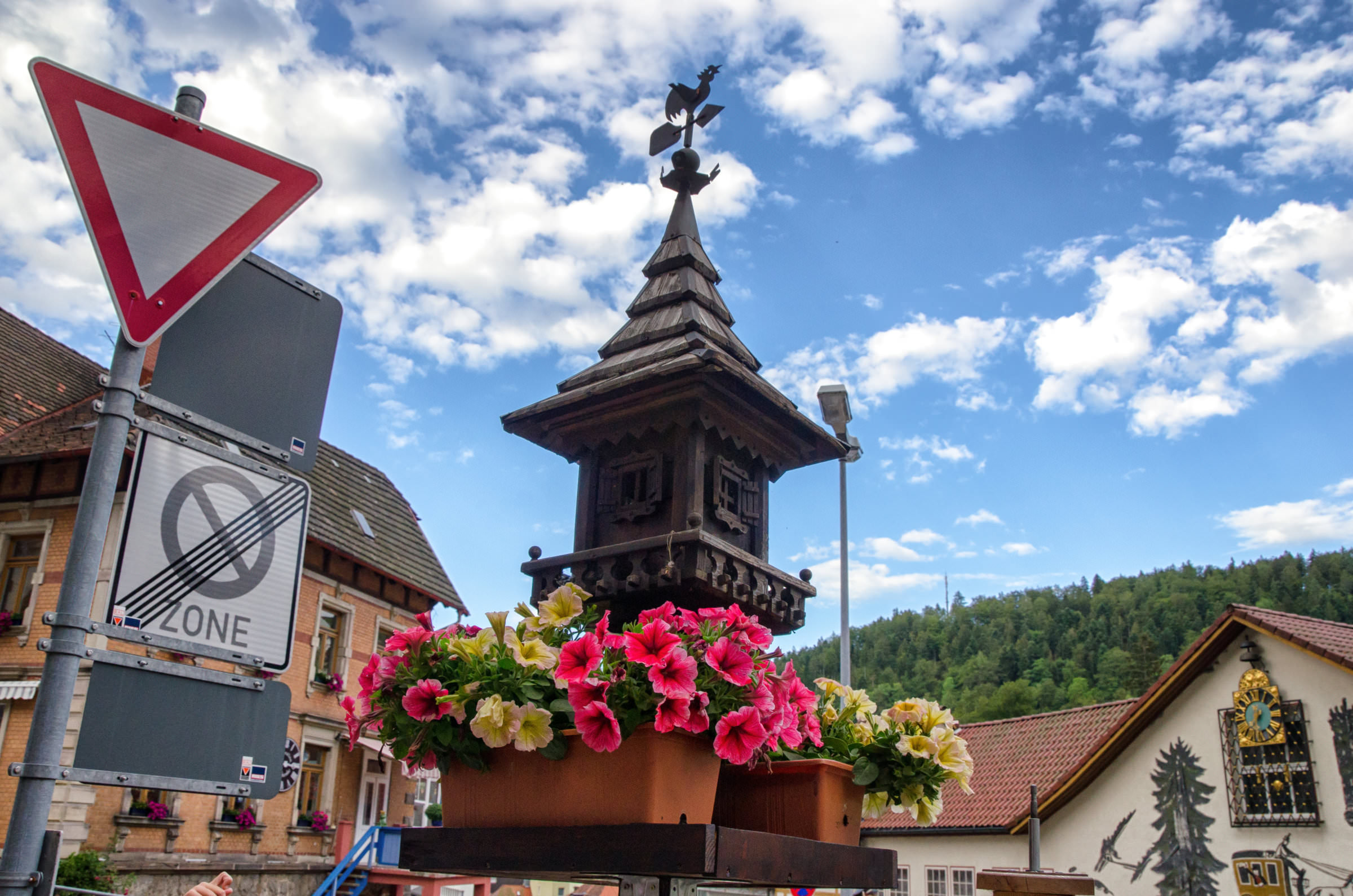
Magical 9 Nights Germany Vacation Packages
- Flights excluded
- 4.5 star accommodations
- 8 activities
- Private transfer
₹ 79,832
Starting price/person
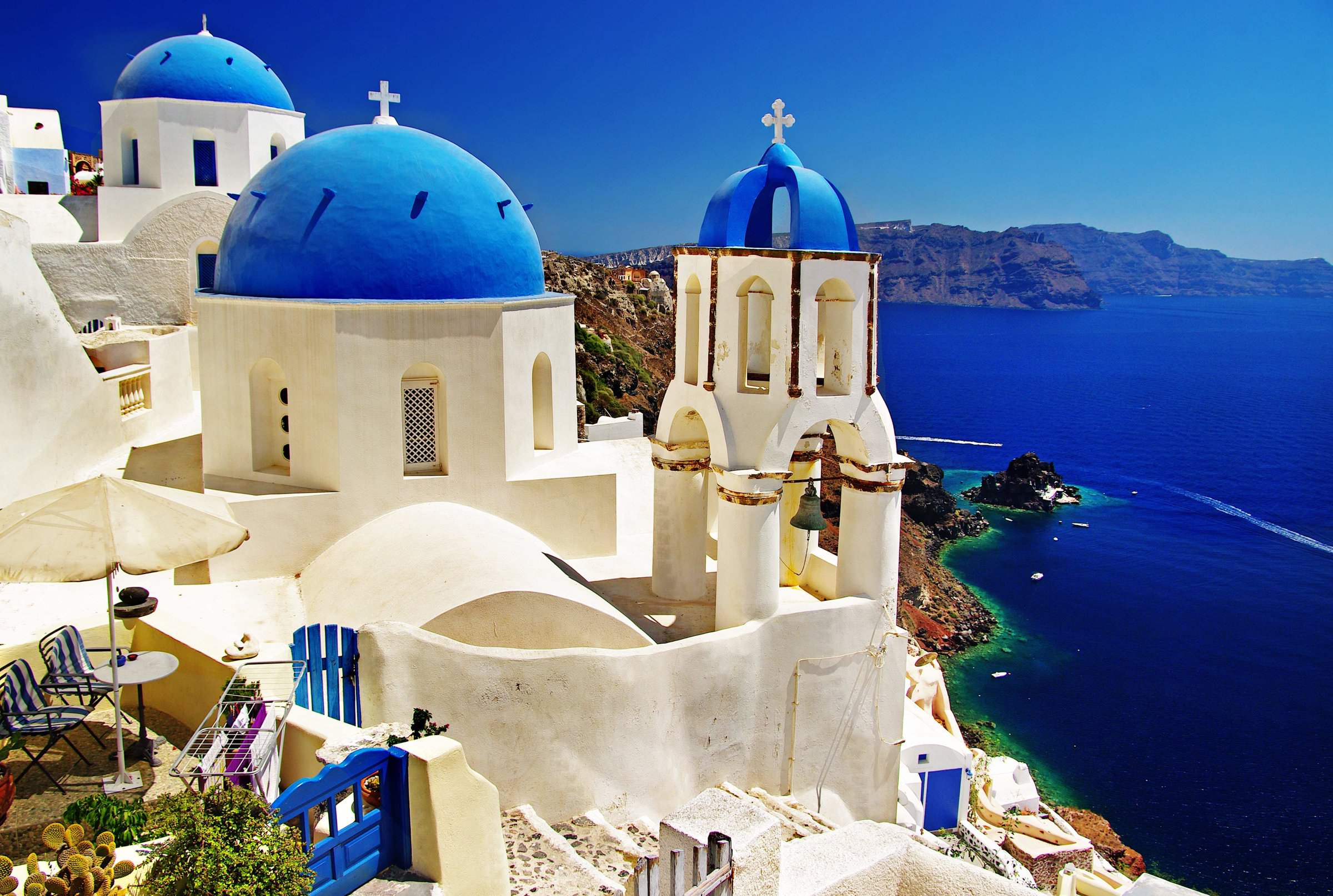
Scenic 10 Nights Greece & Turkey Vacation Packages
- Flights excluded
- 5 star accommodations
- 6 activities
- Shared transfer
₹ 60,718
Starting price/person

Magical 7 Nights Croatia Tour Packages
- Flights excluded
- 4 star accommodations
- 10 activities
- Shared transfer
₹ 57,778
Starting price/person
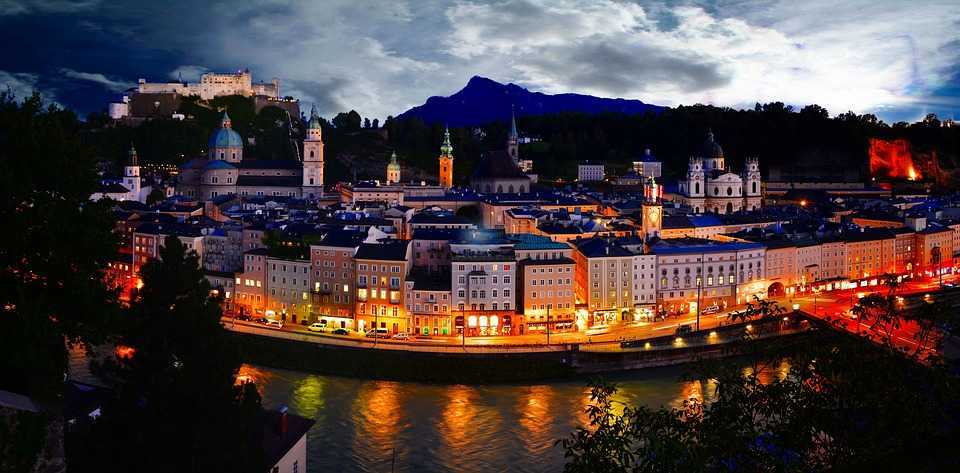
Beautiful 10 Nights Amsterdam Tour Package
- Flights excluded
- 4 star accommodations
- 8 activities
- Private transfer
₹ 1,84,115
Starting price/person


